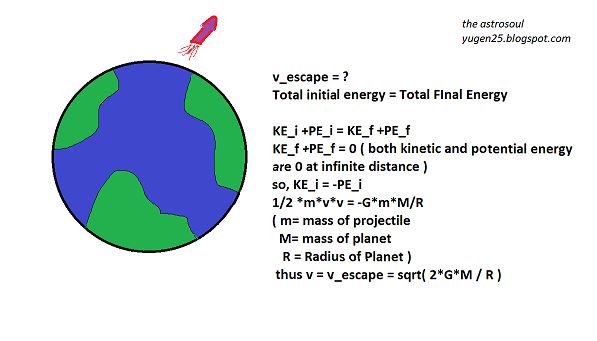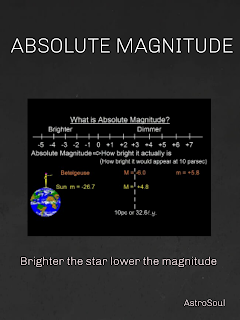Summary of the Blog:
The Gaia mission has transformed our understanding of the Milky Way’s evolution by mapping over a billion stars. It reveals the galaxy’s hidden history, particularly through the discovery of the Gaia-Sausage-Enceladus (GSE) merger, which occurred 8–11 billion years ago and significantly shaped the inner stellar halo. Gaia's precise measurements provide insights into stellar orbits and chemical compositions, allowing scientists to distinguish between stars formed within the Milky Way and those from GSE. This mission enhances our knowledge of the Milky Way's structure and evolution, offering a clearer picture of the cosmic events that have shaped our galaxy over billions of years.
In this blog, we will explore several key topics related to the Milky Way’s evolution. First, we’ll examine the stellar halo and its role as a fossil record of past mergers. Then, we will discuss the Gaia-Sausage-Enceladus (GSE) merger, highlighting the evidence for its significance in shaping the Milky Way’s structure. Next, we’ll analyze the chemical signatures of different stellar populations, which reveal their origins and formation histories. Finally, we’ll showcase how Gaia's innovative data techniques have revolutionized galactic archaeology, enhancing our understanding of the Milky Way’s formation and broader galaxy development. Join us as we uncover this fascinating narrative!
Introduction: The Hidden History of the Milky Way
Key Questions for Discussion:
- How has the Milky Way grown over billions of years?
- What role do mergers, like Gaia-Sausage-Enceladus (GSE), play in this process?
- How does the Gaia mission allow us to reconstruct the Galaxy’s history?
- Key Discoveries in Galactic Archaeology
1. The Stellar Halo: A Galactic Fossil Record
Pre-Gaia Observations:
The Gaia Revolution
Post-Gaia Era:
2. The Discovery of Gaia-Sausage-Enceladus (GSE)
Figure 3. A visualization of the moment of impact between the MW’s progenitor and the Gaia Sausage (or Gaia-Enceladus) (credit: Instituto de Astrofísica de Canarias).Key Evidence for GSE:
1. Radial Orbits of Stars:
2. Chemical Fingerprints:

Figure3. X-axis represents Fe/H and Y-axis represents [α/Fe] in upper panel and number of stars in the lower panel. Black Dots represent the milky way stars that formed in-situ while the blue stars are associated with GSE. Solid (dotted) lines show the distribution of [Fe/H] when high-α stars are excluded (included). Image Credits: arXiv:2402.12443
3. Apocenter Pile-Up:

Figure4. The figure represents the variation of density with distance. Apocenter distributions (Fig. 8) confirm that GSE debris dominates within ~20 kpc.Image Credits: arXiv:2402.12443
3. Globular Clusters (GCs) and GSE
4. Implications of GSE for Galactic Evolution
- GSE was the last major merger, significantly shaping the Milky Way’s inner halo.
- Its debris dominates the inner halo (r < 20 kpc).
- The GSE merger influenced the Milky Way’s dark matter halo, contributing to its current structure.
- GSE brought globular clusters (GCs) into the Milky Way.Figure Reference (Fig. 7 in paper): Many GSE globular clusters have highly eccentric orbits, consistent with GSE stars.
5. How Gaia Revolutionized Galactic Archaeology
- Before Gaia, astronomers relied on indirect methods and limited data to study the Galaxy’s structure. Now, Gaia provides:
- 6D Maps: Positions, velocities, and chemical compositions of stars.
- High Precision: Data that allows scientists to track the orbits of stars and identify their origins.
- Complementary Surveys: Combining Gaia data with spectroscopic surveys like APOGEE and SDSS reveals even more details about star chemistry and motion.
Why This Matters
- Understanding the Milky Way’s formation gives us a glimpse into the broader universe:
- The Milky Way’s mergers are part of a universal process of galaxy formation.
- Stellar motions reveal the distribution of invisible dark matter in the Galaxy.
- The chemical fingerprints of stars teach us about the life cycles of galaxies.












































